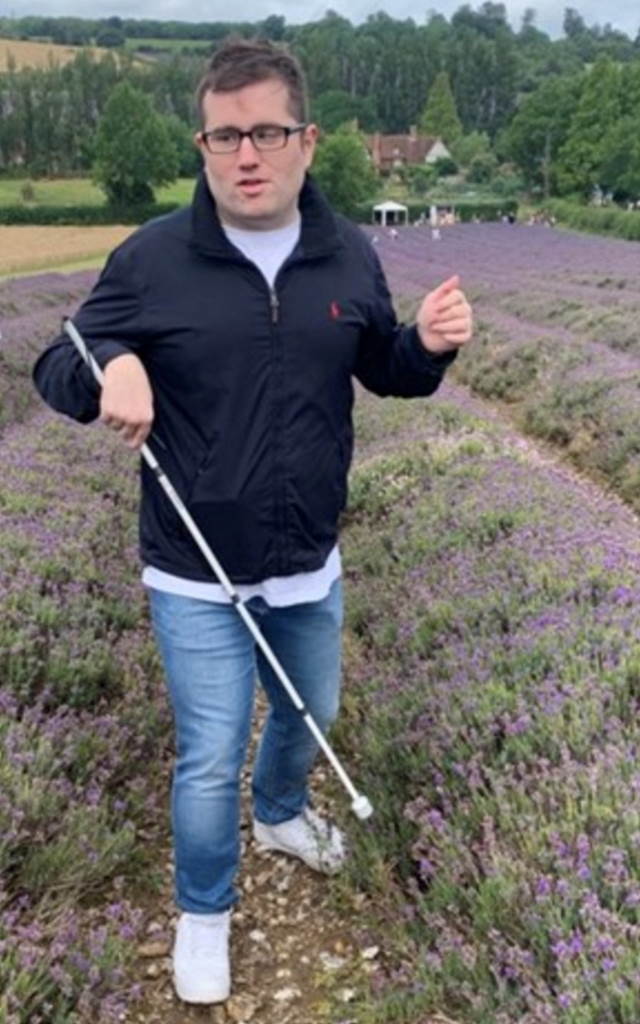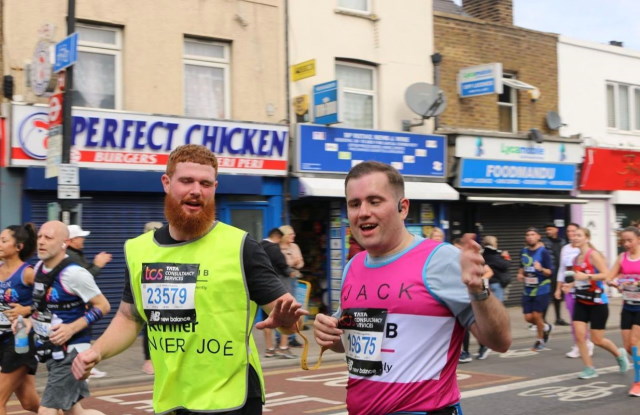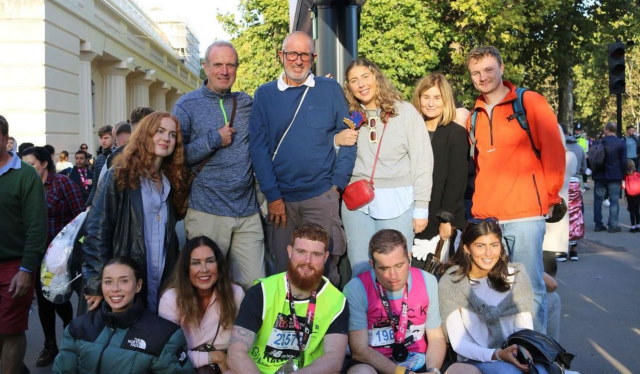2022-December-15
Did you know? You can share this story using the social media icons on the upper left. Use the hashtag #WeAreCisco. You can also rate or comment on the story below.
See the Person, Not the Sight Loss
BY JACK DAVEY · SOFTWARE ENGINEER · UNITED KINGDOM
WITH HELEN GALL
4 MINUTE READ · 7 MINUTE LISTEN

I joined Cisco post-graduation in 2015 as a software engineer, based in the U.K. on the Cisco Umbrella Data Loss Prevention team.
I am registered blind thanks to a condition called Septo Optic Dysplasia — although I do have some minimal vision remaining. As well as my visual impairment, I also have Asperger’s syndrome and a minor hearing impairment.
I was born with a visual impairment, but I’ve gradually learnt to make better use of the vision I have as I’ve gotten older.
Misconceptions about sight loss are the biggest barriers for blind and partially sighted people. By making small behavioural changes, people can help to create a better, more inclusive world for blind and partially sighted people.
The Royal National Institute for Blind People (RNIB), is a charity that provides support for people living with visual impairment. This support ranges from hands-on training to helping someone live more independently — like showing a visually impaired person how to make a hot drink, to campaigning and raising awareness on issues that affect the visually impaired community.
Earlier this year, I decided to sign up for the London Marathon. I chose to run for RNIB because I wanted to help ensure other people with visual impairments get access to the same opportunities that I have had, so they can live full lives.
In October 2022, with the help of a guide runner — who ran alongside me, connected by a small band, to help me avoid obstacles — I successfully completed the London Marathon.
More than 40,000 people ran together through the streets of London to complete the 26.2 miles to the finish line — many raising money for charities close to their heart. I raised £6,795 for the RNIB.
When I initially signed up, it seemed doable. But I soon realised what a challenge it was going to be.
Training was a crucial part of my journey to the finish line, which I began at the start of the 2022.
I ran three or four times each week to ensure my legs were strong enough to take on this epic challenge. From June onwards, I began “long” runs each weekend, starting at a few miles, building up to 20 miles to accurately simulate what running the real marathon would be like.
On the day of the marathon, I was pretty nervous. I had already raised a few thousand pounds and I didn’t want to let people down.
I had a guide runner who ran alongside me and helped me avoid obstacles as I ran. The positive energy from the crowds that were lining the route really gave me the drive and motivation to finish, even during the hardest parts of the course.

This was particularly true in the last third of the challenge, where I had to battle an unplanned injury to my calf muscles. The satisfaction that I got when I finally crossed the finish line was immense.
My younger sister then produced a TikTok using photos and captured footage while I was running. It gained over 100,000 likes and more donations, which really helped with the fundraising.
It was really special to hear stories from other people who commented on how inspiring it was to watch, including several visually impaired people.
It is an amazing feeling knowing that the money I have raised will go to help other people in a similar position to myself.
Accessibility in technology
Cisco has a very positive, forward-looking attitude towards accessibility, and it’s one of the reasons I chose to work here.
Accessibility in technology is something that can be a barrier for visually impaired users, in being able to access it effectively.
These features aren’t prioritized since disabled users are often not the majority of users of today’s software. Common examples of features that are often lacking or missing is a high contrast or “dark” mode and the ability to change the text size.
Cisco has been very proactive in dealing with these issues, and added both features to Webex.

My visual impairment can make life challenging for me at times, but Cisco has always been incredibly supportive of my career and overcoming my disability.
I found travelling to the office during London’s rush hour difficult, as it was exceptionally busy. So, my manager and I arranged an earlier start to my work day and a later finish. With hybrid work, I now only go to the office monthly or for specific meetings, which is great.
During business travel to the U.S. for a conference and a project handover meeting, Cisco supported me by arranging for a colleague to travel with me for support during my journey.
Cisco promotes accessibility inside and outside of Cisco and has teams committed to helping new and existing employees with disabilities. Making sure that employees with disabilities have what they need to be productive, right from the moment they are hired, and continues throughout their career.
Should I ever need additional help, I can find it through the Connected Disability Action Network (CDAN).
Everyone can take steps be more conscious of being more inclusive. Take a moment to remind yourself how you can make your meetings more inclusive.
Related Links
- Jack’s JustGiving page
- Royal National Institute of Blind People in Bright Funds
- Connected Disability Action Network (CDAN)
- Productivity Tips for People with Disabilities
- Collaboration for everyone
- Cisco Purpose Report 2022
Connect everything. Innovate everywhere. Benefit everyone.
Share your thoughts!
Log in to rate and commentShare your thoughts on the story here!